Dinosaurs have captivated human imagination since the first fossils were scientifically described in the 19th century. These prehistoric creatures, with their immense size, mysterious extinction, and otherworldly appearance, have evolved from scientific curiosities into powerful cultural icons. Today, dinosaurs stomp through our advertising landscapes, roar across corporate logos, and help brands establish memorable identities in crowded marketplaces.
This article explores the fascinating intersection of paleontology and marketing, examining how and why these ancient reptiles have become such effective brand ambassadors in the modern world.
The Psychological Appeal of Dinosaur Imagery
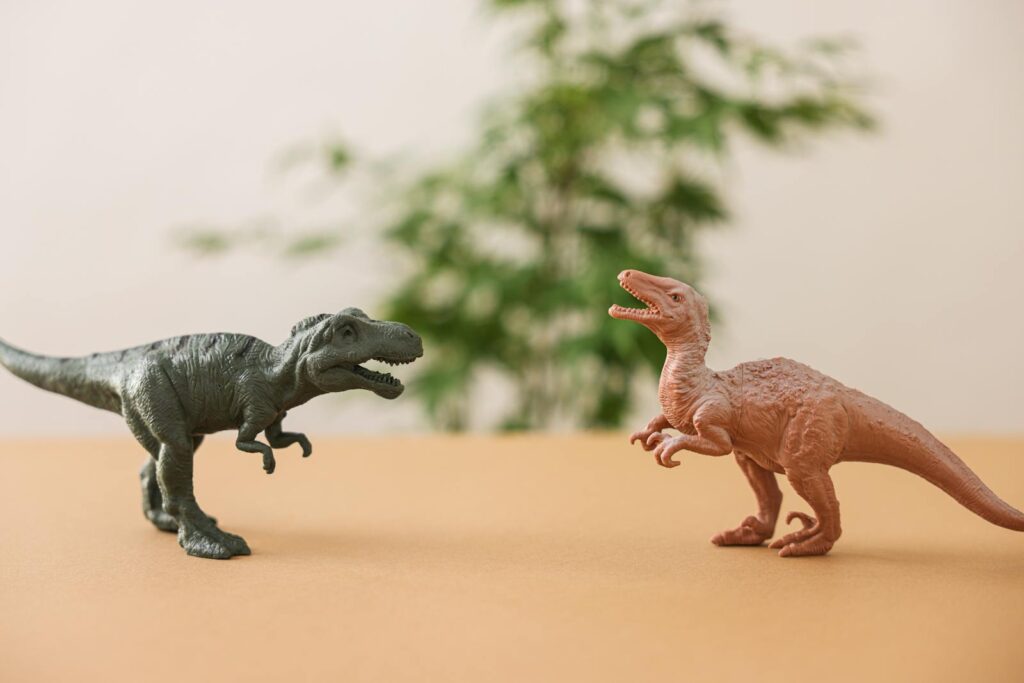
The enduring fascination with dinosaurs can be attributed to several psychological factors that make them particularly effective in branding and advertising contexts. First, dinosaurs trigger what scientists call “cognitive estrangement” – they’re familiar enough to recognize but alien enough to inspire wonder and imagination. Second, they appeal to our innate biophilia (love of nature) while safely representing extinct threats, creating an exciting but controlled emotional response. Third, dinosaurs connect powerfully with childhood curiosity and learning, establishing positive associations that can last throughout adulthood.
Finally, their visual distinctiveness – from the spikes of a Stegosaurus to the massive frame of a Brachiosaurus – creates immediate recognition and memorability, critical attributes for any successful brand element.
Sinclair Oil: The Pioneer of Dinosaur Branding

Perhaps the most iconic and longstanding use of dinosaur imagery in corporate branding belongs to Sinclair Oil Corporation, which adopted the Apatosaurus (then known as Brontosaurus) as its mascot in 1930. Originally chosen to advertise the company’s lubricants made from crude oil deposits formed during the Mesozoic Era, “Dino” quickly became one of America’s most recognizable corporate symbols.
The friendly, green dinosaur appeared at world’s fairs, in parades, and across the company’s gas stations nationwide. Sinclair’s success demonstrated the commercial potential of paleontological imagery, showing how scientific concepts could be transformed into approachable, friendly brand ambassadors. Nearly a century later, Dino remains central to Sinclair’s visual identity, proving the remarkable staying power of dinosaur branding when implemented consistently.
Jurassic Park: The Franchise That Revolutionized Dinosaur Marketing
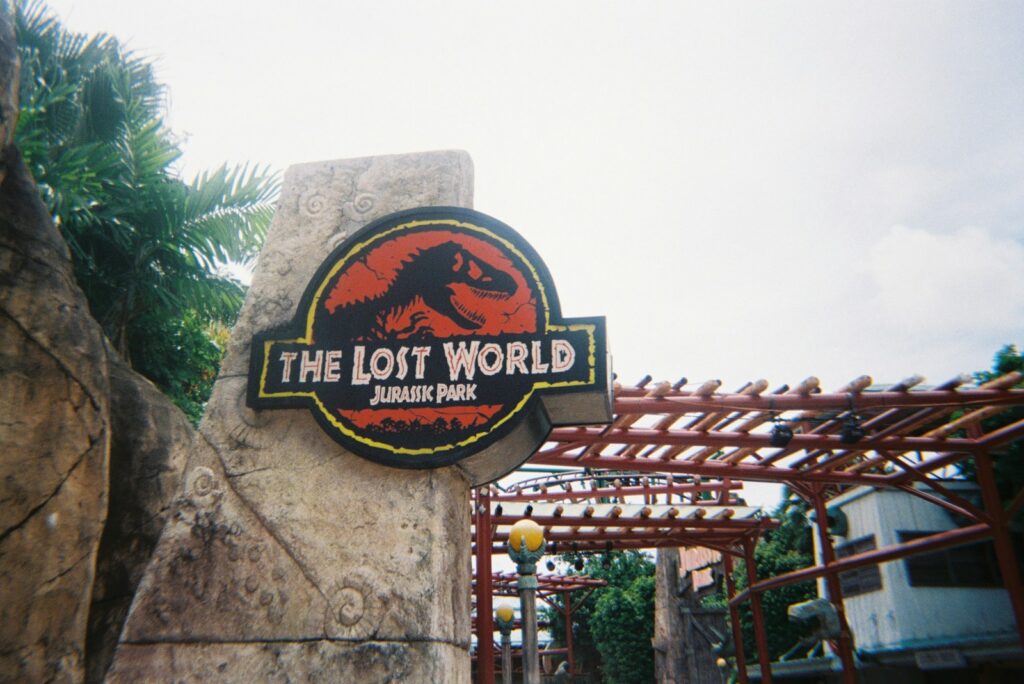
The 1993 release of Steven Spielberg’s “Jurassic Park” marked a watershed moment in dinosaur imagery and commercial potential. The film’s distinctive logo – a Tyrannosaurus rex skeleton silhouetted against a red background – became one of the most recognizable brand symbols in entertainment history. Universal Studios capitalized on dinosaur appeal with merchandise that generated billions in revenue, from action figures to theme park attractions.
This commercial juggernaut demonstrated how dinosaurs could appeal simultaneously to multiple demographics: children enthralled by the creatures themselves, teenagers drawn to the action and danger, and adults appreciating the scientific and philosophical themes. The franchise effectively created a template for integrated marketing campaigns built around dinosaur imagery, showing how prehistoric creatures could be leveraged across various media platforms and product categories simultaneously.
Dinosaurs in Food and Beverage Marketing

The food and beverage industry has enthusiastically embraced dinosaur imagery to attract young consumers and create memorable brand experiences. Kraft’s “Macaroni & Cheese Dinosaurs” transformed a standard pasta product into an interactive experience where children could identify different species while eating. Fruit snack manufacturers regularly produce dinosaur-shaped products, capitalizing on both visual appeal and educational potential. Beverage companies like Jurassic Juice and Dino Sours create packaging featuring prehistoric creatures to stand out on crowded store shelves.
These products demonstrate how dinosaur imagery can transform ordinary consumables into experiential products, adding perceived value without necessarily changing the core offering. The effectiveness of this approach has been confirmed by market research showing that children consistently select dinosaur-themed food products when given choices between otherwise identical items.
Technology Companies and the Dinosaur Connection
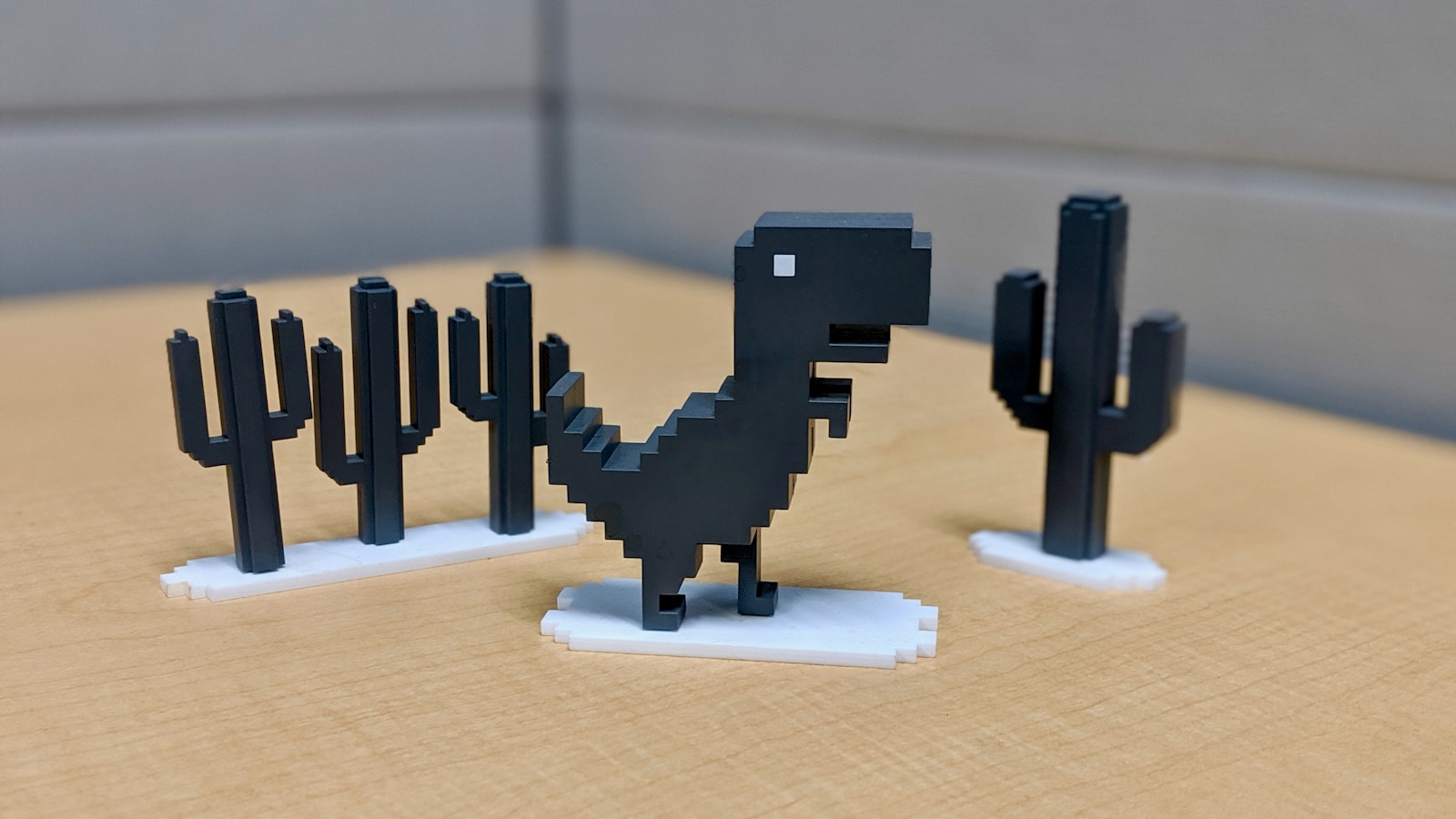
Technology firms have found surprising value in dinosaur imagery, often using it to convey evolutionary superiority or to make complex technologies more approachable. Mozilla’s early browser Firefox initially used a dinosaur mascot named “Mozilla” before switching to the fox design. The programming language Python features two dinosaurs in its unofficial logo, symbolizing power combined with accessibility.
Perhaps most famously, Google Chrome features a pixelated Tyrannosaurus rex in its “no internet connection” error page – a game that entertains users during connectivity problems while reinforcing brand affinity. These examples demonstrate how dinosaur imagery can humanize technological products, providing organic counterpoints to digital experiences. The contrast between prehistoric creatures and cutting-edge technology creates a memorable juxtaposition that helps brands stand out in the crowded tech marketplace.
Dinosaurs as Symbols of Power and Reliability

Many companies leverage dinosaur imagery to convey attributes of strength, durability, and market dominance. Construction and heavy equipment manufacturers frequently use dinosaur names and imagery – Bobcat’s “T-Rex” mechanical arm and various “Dino” excavator models directly evoke the power associated with these ancient predators.
Automotive brands like Ford have used limited edition “Raptor” models that draw explicit connections to the speed and aggression of dinosaurs like Velociraptor. Insurance companies, including Progressive with its “Progressaurus” campaign, have used dinosaurs to communicate reliability and historical permanence.
These marketing approaches tap into the dinosaur’s status as the ultimate symbol of dominance in their Era, creating implicit analogies between market-leading products and apex predators. The effectiveness of these campaigns suggests consumers readily transfer attributes from the biological realm to commercial products when presented with compelling visual connections.
Children’s Products and Dinosaur Marketing

The children’s product market demonstrates perhaps the most natural and prolific use of dinosaur branding and advertising. Toy manufacturers like Mattel (with its “Imaginext” dinosaur line) and Lego (with multiple dinosaur-themed sets) have built entire product categories around prehistoric creatures.
Educational companies leverage dinosaurs to make learning engaging – LeapFrog’s dinosaur-themed reading tablets and National Geographic’s fossil kits use dinosaur appeal to encourage scientific exploration. Clothing brands from Gap Kids to smaller boutique operations regularly feature dinosaur prints and patterns to attract young consumers and their parents.
The effectiveness of dinosaur imagery in this sector stems from children’s documented dinosaur phase – a developmental period typically occurring between ages 3-6 when intense fascination with prehistoric life develops. Marketers have recognized this natural interest window as an opportunity to create brand loyalty during formative years.
Sports Teams and Mascots with Prehistoric Flair

Sports organizations worldwide have adopted dinosaur imagery to create memorable team identities and marketable mascots. The NBA’s Toronto Raptors built their entire brand around a Velociraptor identity, complete with a famous mascot “The Raptor” who performs acrobatic stunts during games.
Minor league baseball features several dinosaur-themed teams, including the Ogden Raptors and the Jurassic League promotional nights hosted by multiple franchises. College sports teams like the University of Maryland’s “Testudo” (a stylized terrapin with dinosaur-like qualities) demonstrate how prehistoric imagery can be adapted to local contexts.
These sporting applications show how dinosaur imagery creates opportunities for merchandise sales, fan engagement, and visual differentiation in competitive markets. The physicality and predatory nature of dinosaurs make them particularly appropriate for sports contexts, where competition and physical prowess are central to the experience.
Dinosaurs in Political and Public Service Advertising

Beyond commercial applications, dinosaurs have proven remarkably effective in public service announcements and political messaging. Environmental organizations frequently use dinosaur extinction as a powerful metaphor for current biodiversity threats – Greenpeace’s “Don’t Let History Repeat Itself” campaign juxtaposed dinosaur skeletons with endangered modern species.
Public health initiatives have employed “Dino the Handwashing Dinosaur” to teach children proper hygiene techniques, leveraging dinosaur appeal to encourage positive behaviors. Political campaigns occasionally use dinosaur imagery as shorthand for outdated thinking, with opponents characterized as “political dinosaurs” resistant to change.
These applications demonstrate how dinosaur symbolism transcends mere visual appeal to convey complex messages about extinction, adaptation, and survival. The universal recognition of dinosaurs as creatures that failed to survive environmental change makes them particularly potent symbols in contemporary discussions about sustainability and adaptation.
The Science-Marketing Balance in Dinosaur Advertising
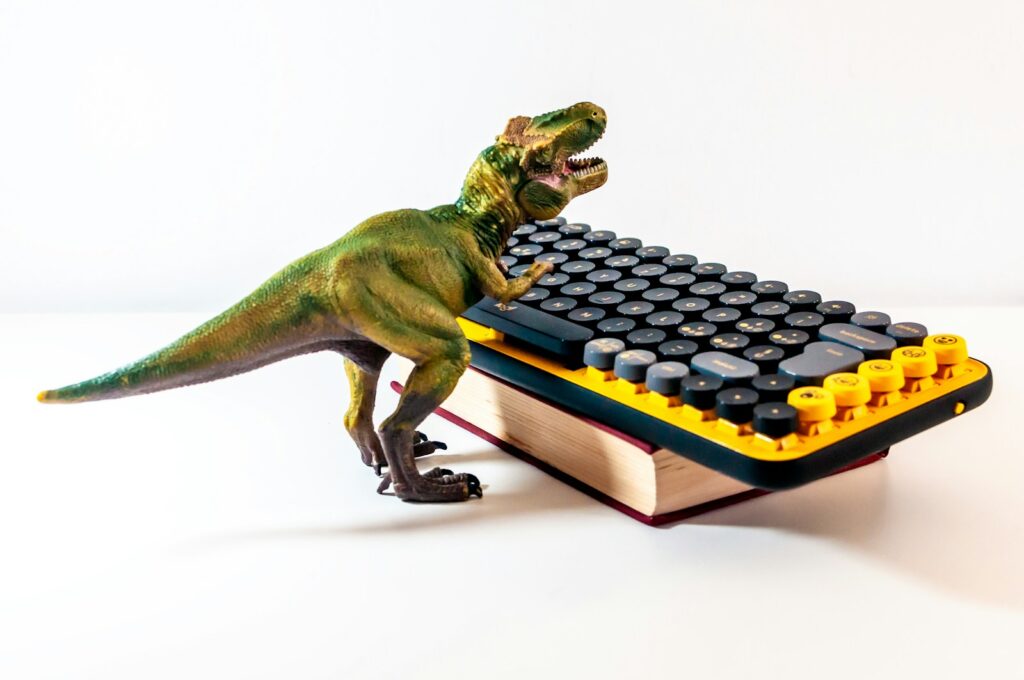
Modern dinosaur marketing exists in a fascinating tension between scientific accuracy and commercial appeal. Some brands, particularly those with educational components, prioritize paleontological correctness – Schleich’s dinosaur figurines are regularly updated to reflect the latest scientific findings about feathers and coloration.
Other companies deliberately employ “vintage” dinosaur imagery, preferring the scientifically outdated but nostalgically appealing representations from mid-20th century illustrations. The most sophisticated campaigns find middle ground, incorporating enough scientific accuracy to satisfy knowledgeable consumers while maintaining the iconic silhouettes and features that make dinosaurs immediately recognizable.
National Geographic’s dinosaur media exemplifies this balance, updating scientific details while maintaining the awe-inspiring aspects that make dinosaurs commercially viable. This ongoing negotiation between science and marketing demonstrates how paleontological knowledge shapes commercial representation in an evolving feedback loop.
Digital Marketing and Dinosaur Memes

The internet age has created entirely new opportunities for dinosaur-based marketing through memes, viral content, and social media campaigns. The “T-Rex Trying” series – depicting the famous predator attempting various activities with its tiny arms – launched successful merchandise lines after gaining popularity online. Companies like Old Spice and Doritos have created viral dinosaur-themed advertising that leverages absurdist humor to increase shareability.
Insurance company GEICO’s “Caveman” campaigns included dinosaur elements that became cultural touchpoints. These digital applications demonstrate how dinosaur imagery adapts to contemporary media environments, remaining relevant through constant reinvention. The inherent visual humor of dinosaurs in modern contexts creates highly shareable content that extends brand reach through organic sharing rather than paid placement.
This viral potential makes dinosaurs particularly valuable in the digital marketing era where consumer sharing often delivers better results than traditional advertising.
Global Variations in Dinosaur Marketing

Dinosaur marketing manifests differently across global markets, reflecting cultural attitudes toward paleontology and prehistoric imagery. Japanese companies embrace kawaii (cute) dinosaur representations, with Sanrio’s Tyrannosaurus character “Tirano” exemplifying this approach through rounded features and pastel colors.
European markets typically favor more scientifically accurate dinosaur depictions, with German toy manufacturer Schleich producing highly detailed models that update regularly based on new paleontological findings. Chinese brands increasingly incorporate traditional artistic elements with dinosaur imagery, creating hybrid representations that connect prehistoric creatures to cultural heritage.
These regional variations demonstrate how universal dinosaur appeal adapts to local aesthetic preferences and cultural contexts. Multinational companies must navigate these differences carefully, adapting dinosaur imagery to match local expectations while maintaining global brand consistency – a challenge that has generated specialized marketing guidance for deploying dinosaur imagery across international markets.
The Future of Dinosaur Branding
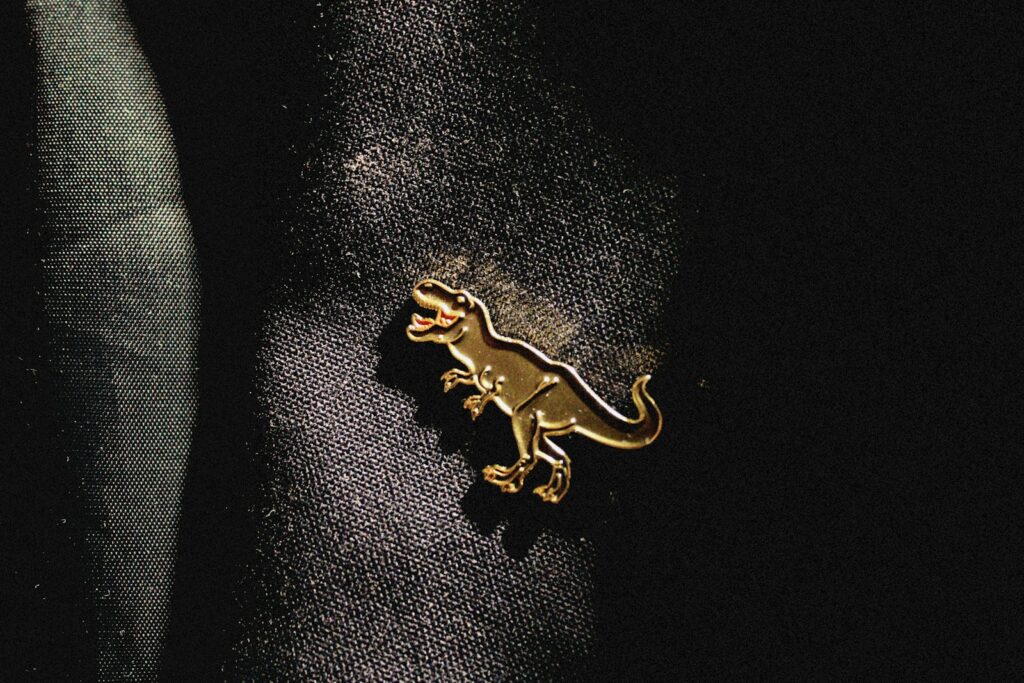
Emerging technologies are opening new frontiers for dinosaur branding and advertising with potentially revolutionary impacts. Augmented reality applications now allow brands to place virtual dinosaurs in real environments through smartphone cameras – Walmart partnered with Jurassic World to create in-store dinosaur experiences that drove substantial foot traffic.
Virtual reality is enabling immersive prehistoric environments where brands can create interactive dinosaur encounters, as demonstrated by Samsung’s dinosaur VR experiences at technology expositions. 3D printing technologies have enabled restaurants and event companies to create custom dinosaur-themed promotional items with unprecedented detail and customization.
Looking ahead, paleontologists predict that new dinosaur discoveries – particularly from regions previously under-represented in the fossil record like Africa and South America – will introduce entirely new species to the marketing landscape, providing fresh visual opportunities for brands seeking distinctive dinosaur associations. This constant influx of new scientific discoveries ensures that dinosaur marketing will continue evolving indefinitely.
Conclusion: Prehistoric Power in the Modern Marketplace

The enduring presence of dinosaurs in branding and advertising speaks to their unique position in human consciousness – creatures scientifically documented yet never witnessed by humans, simultaneously real and mythical. Their continued marketing effectiveness stems from a perfect convergence of factors: universal recognition, emotional resonance, visual distinctiveness, and perpetual scientific reinvention.
As new generations discover dinosaurs and new technologies enable more sophisticated representations, these prehistoric creatures will likely maintain their privileged position in the marketing ecosystem. Like the fossils that preserve their ancient forms, successful dinosaur branding demonstrates remarkable staying power, connecting modern consumers to the deep history of our planet through commerce and imagination.




